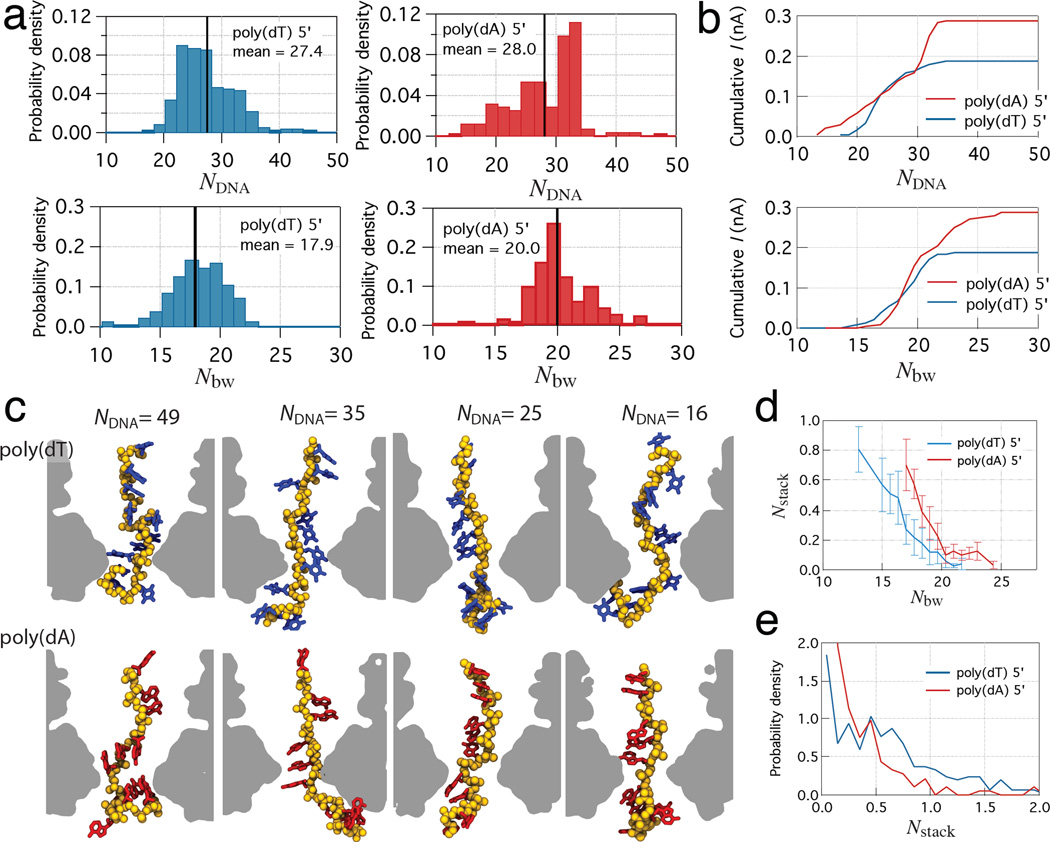Figure 4. The sequence specificity of ionic current blockades.
(a) The normalized probability of observing a given number of non-hydrogen atoms of DNA nucleotides (top) and a given number of bulk-like water molecules (bottom) for 5′-poly(dT) (left) and 5-poly(dA) (right) systems. Vertical black lines indicate the mean values. (b) Cumulative ionic currents as a function of NDNA (left) and Nbw (right). The cumulative ionic currents were computed by integration of the probability density functions weighted by the mean ionic current in each bin. (c) Representative conformations of thymine and adenine homopolymers each having 49, 35, 25, and 16 non-hydrogen atoms in the MspA constriction. Broken base-stacking reduces the number of DNA atoms in the MspA constriction, increases the number of bulk-like water molecules and therefore increases the ionic current. (d) The number of base stacks in the constriction versus the number of bulk-like water molecules. Bins with fewer than five data points were ignored. Error bars indicate standard deviation of data points in each bin. (e) Normalized probability of observing a given number of base-stacked conformations among nucleotides in the constriction of MspA.

